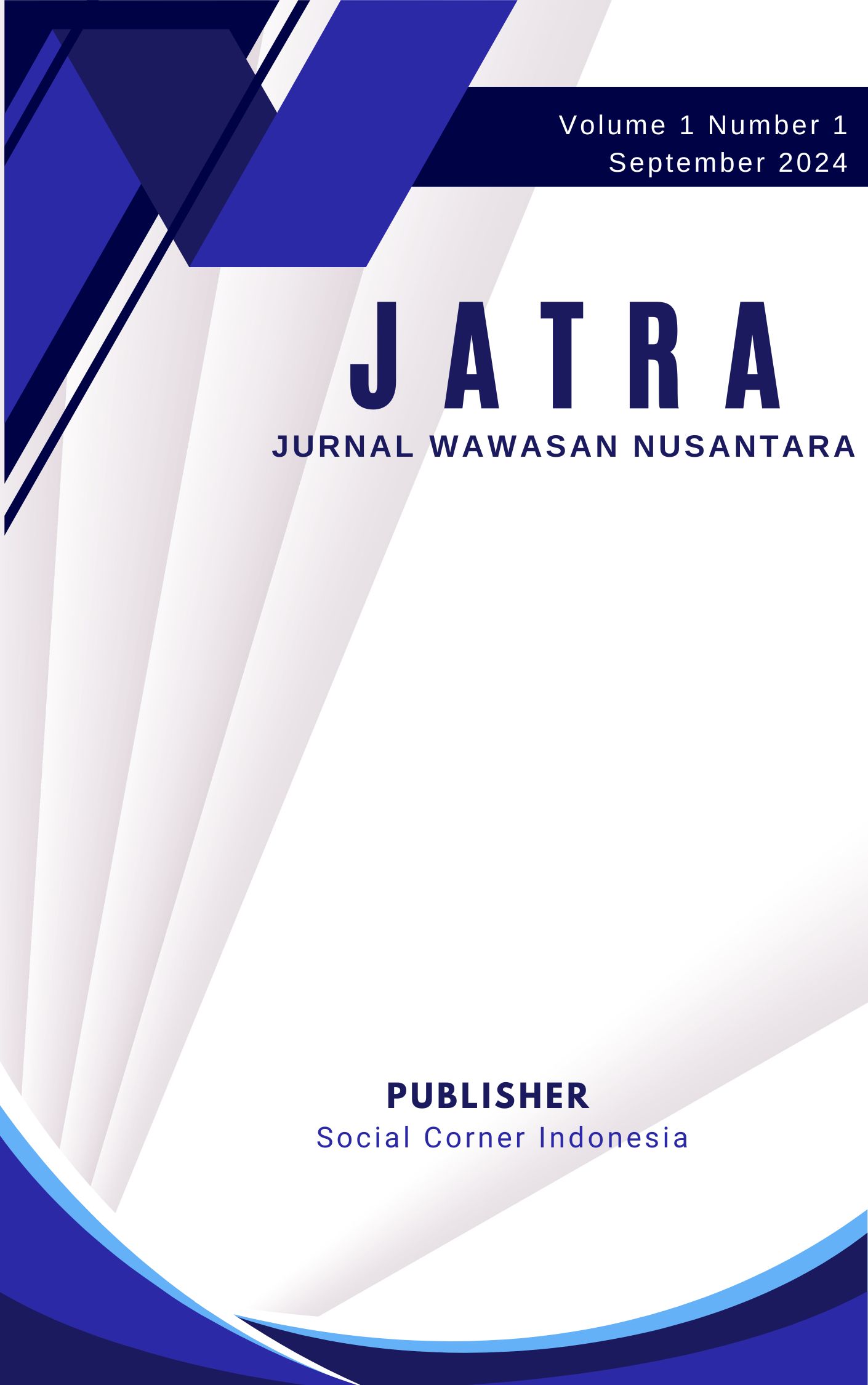Pemetaan Gaya Belajar Siswa Sebagai Tindaklanjut Pembelajaran Berdiferensiasi Kelas X-1 SMAN 1 Lubuk Batu Jaya
Main Article Content
Abstract
The objective of this research is to chart the learning preferences of students in class X-1 at SMA Negeri 1 Lubuk Batu Jaya, with the purpose of implementing differentiated learning methods that are more efficient. The study used a descriptive qualitative methodology, using observation, questionnaires, and interviews as data collecting methods. The data was then analyzed using NVivo 12 Pro software. The findings indicated that 40.48% of students exhibited a preference for visual learning techniques, whereas 29.96% and 29.56% of students favored kinesthetic and auditory approaches, respectively. Female students often exhibit a preference for visual and auditory learning styles, although kinesthetic types are somewhat evenly distributed among both men and girls. The distribution of learning styles indicates that out of the total number of students, 16 prefer visual learning, 8 prefer kinesthetic learning, and 6 prefer auditory learning. Additionally, 3 students have a preference for both visual and auditory learning styles, while 2 students have a preference for both auditory and kinesthetic learning styles. These results highlight the need of using diversified learning methods to cater to diverse learning styles, with the aim of enhancing student performance and involvement. This research highlights the need of comprehending and adapting instructional approaches to suit individual learning styles in order to get the most favorable learning results.
Article Details
How to Cite
Hermawan, R. D. (2024). Pemetaan Gaya Belajar Siswa Sebagai Tindaklanjut Pembelajaran Berdiferensiasi Kelas X-1 SMAN 1 Lubuk Batu Jaya. Jurnal Wawasan Nusantara (Jatra), 1(1), 59–66. Retrieved from https://jurnal.socialcornerindonesia.com/index.php/JATRA/article/view/hermawan
Section
Articles
Main Article Content
Abstract
The objective of this research is to chart the learning preferences of students in class X-1 at SMA Negeri 1 Lubuk Batu Jaya, with the purpose of implementing differentiated learning methods that are more efficient. The study used a descriptive qualitative methodology, using observation, questionnaires, and interviews as data collecting methods. The data was then analyzed using NVivo 12 Pro software. The findings indicated that 40.48% of students exhibited a preference for visual learning techniques, whereas 29.96% and 29.56% of students favored kinesthetic and auditory approaches, respectively. Female students often exhibit a preference for visual and auditory learning styles, although kinesthetic types are somewhat evenly distributed among both men and girls. The distribution of learning styles indicates that out of the total number of students, 16 prefer visual learning, 8 prefer kinesthetic learning, and 6 prefer auditory learning. Additionally, 3 students have a preference for both visual and auditory learning styles, while 2 students have a preference for both auditory and kinesthetic learning styles. These results highlight the need of using diversified learning methods to cater to diverse learning styles, with the aim of enhancing student performance and involvement. This research highlights the need of comprehending and adapting instructional approaches to suit individual learning styles in order to get the most favorable learning results.

